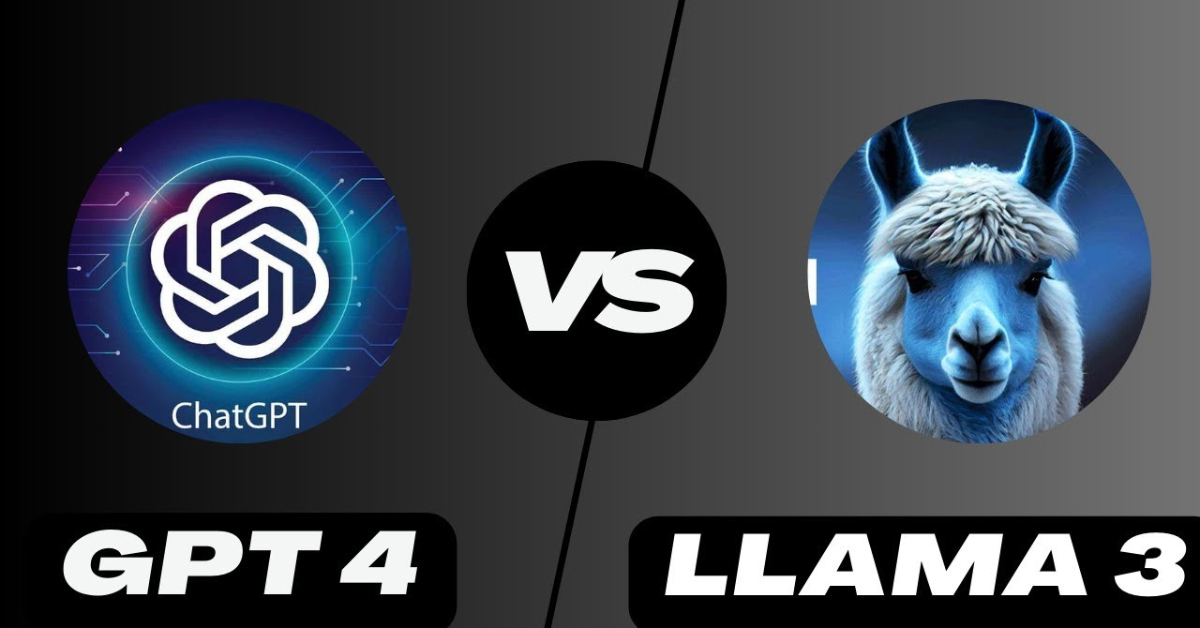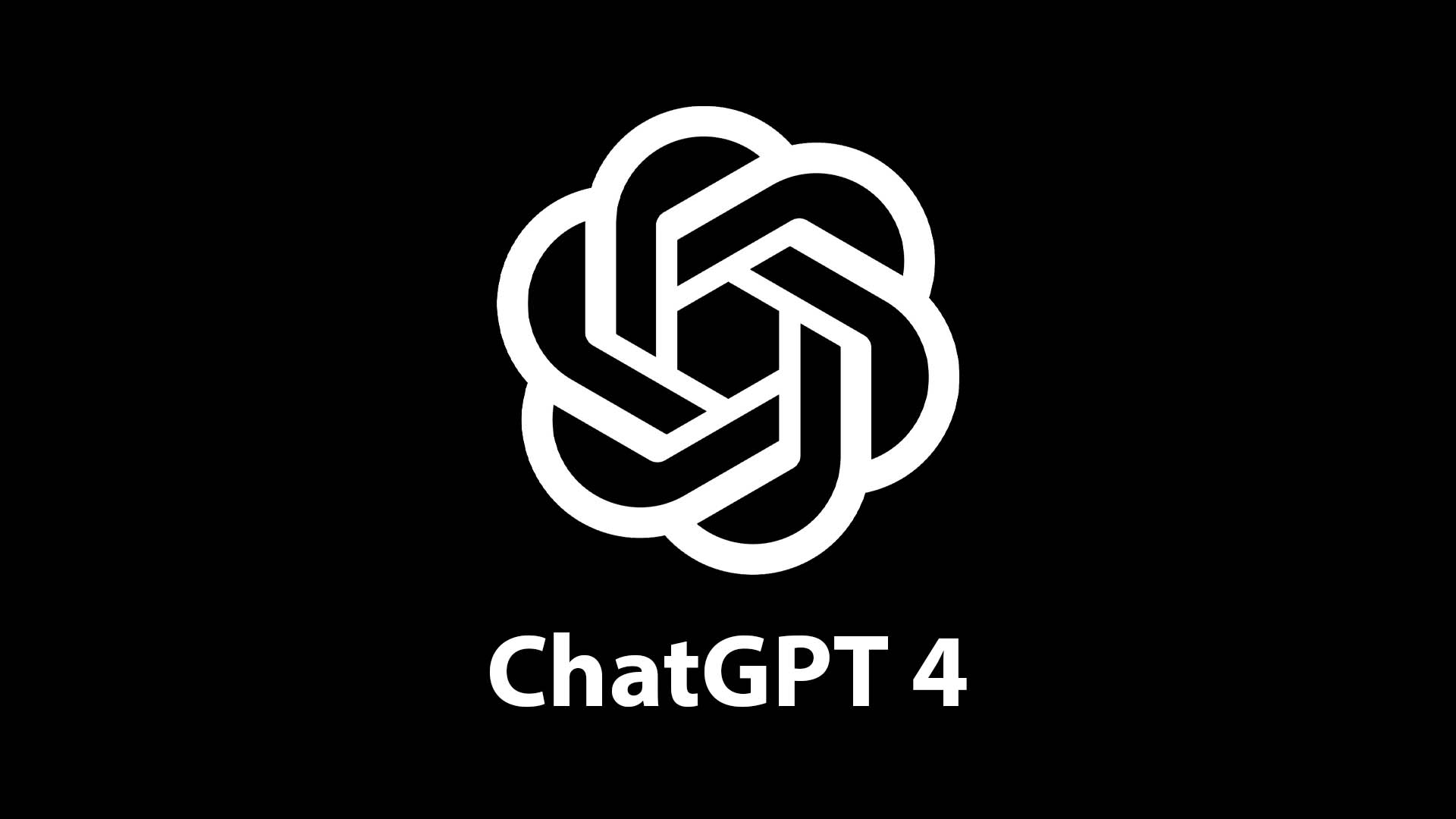Llama 3 vs GPT 4: A Comparative Analysis in 2024

The advancements in artificial intelligence continue to evolve rapidly, with Llama 3 and GPT-4 standing out as two of the most prominent AI language models. This blog provides a comparative analysis of Llama 3 and GPT-4, examining their features, performance, and key differences.
Whether you're a developer, researcher, or business professional, understanding the strengths and limitations of these models can help you make informed decisions about their applications. Join us as we explore how Llama 3 and GPT-4 compare in various aspects, from natural language processing capabilities to practical use cases.
What is Meta AI Llama 3?

Meta AI Llama 3 is the latest iteration of Meta's language model designed to enhance natural language understanding and generation. Building on the success of its predecessors, Llama 3 offers improved performance in various AI applications, from chatbots to content creation. It is developed to provide more accurate and contextually relevant responses, making interactions smoother and more intuitive. Llama 3 is part of Meta’s ongoing efforts to advance AI technology and integrate it into practical, everyday uses.
Capabilities of Llama 3
Llama 3 excels in natural language processing tasks, including text generation, translation, and summarization. It has been fine-tuned to understand context better, providing more accurate and coherent responses. Llama 3 also supports multi-turn conversations, making it effective for interactive applications like virtual assistants and chatbots. Additionally, it can analyze large datasets, extract meaningful insights, and assist in content creation by generating high-quality text based on user inputs.
How to Access Llama 3
Accessing Llama 3 typically involves joining Meta’s AI platform or using integrated applications that feature the model. Developers and businesses can request access through Meta’s official channels, often requiring an API key for integration. Meta may also offer access through partnerships with other technology providers. Detailed documentation and support resources are usually available to help users integrate Llama 3 into their systems effectively.
What is ChatGPT 4?

ChatGPT 4 is OpenAI’s latest version of its advanced language model, designed to improve upon the capabilities of previous versions. It excels in understanding and generating human-like text, making it suitable for a wide range of applications, from customer support to content generation. ChatGPT 4 focuses on providing more accurate, context-aware responses and supports multi-turn conversations, making interactions more fluid and natural.
Capabilities of ChatGPT 4
ChatGPT 4 offers enhanced natural language understanding and generation, allowing it to perform tasks such as writing, editing, translating, and summarizing text. It can engage in detailed, multi-turn conversations, providing coherent and contextually appropriate responses. ChatGPT 4 is also capable of processing and analyzing large volumes of data, making it useful for generating insights and assisting in decision-making processes.
How to Access ChatGPT 4
To access ChatGPT 4, users can visit OpenAI’s platform and sign up for an account. OpenAI provides various subscription plans, including free and paid tiers, depending on the level of access and usage required. Developers can integrate ChatGPT 4 into their applications using OpenAI’s API, which requires obtaining an API key. Comprehensive documentation and support are available to guide users through the integration process.
Key differences of Llama 3 and ChatGPT 4
|
Feature |
Llama 3 |
ChatGPT 4 |
|
Developer |
Meta AI |
OpenAI |
|
Language Support |
Extensive, multi-language capabilities |
Wide range of languages |
|
Contextual Understanding |
Improved context handling and relevance |
Strong contextual awareness and coherence |
|
Performance |
High performance in text generation and analysis |
Advanced performance in natural language tasks |
|
Access |
Through Meta’s AI platform and partners |
Via OpenAI platform, API subscriptions |
|
Applications |
Virtual assistants, chatbots, content creation |
Customer support, content generation, data analysis |
|
Customization |
Supports fine-tuning for specific use cases |
Offers customization options through API |
|
Integration |
Requires API key from Meta AI |
Requires API key from OpenAI |
|
Training Data |
Trained on diverse and extensive datasets |
Extensive training on varied datasets |
|
Cost |
Not publicly disclosed |
$30.00 per million prompt tokens, $60.00 per million sampled tokens (GPT-4) (OpenAI) (OpenAI Help Center) |
Llama 3 vs GPT-4 Coding
When comparing Llama 3 and GPT-4 for coding, both models exhibit strong capabilities in understanding and generating code. However, GPT-4 has a slight edge due to its broader training data and improved natural language understanding, which helps in better handling complex coding tasks and providing more accurate code completions and suggestions. Llama 3 is also effective, particularly in environments where Meta's integration tools are used, but GPT-4's superior contextual understanding often results in more reliable coding assistance.
Llama 3 vs GPT-4 Benchmark
Benchmarking Llama 3 against GPT-4 typically involves evaluating their performance across various natural language processing tasks such as text generation, comprehension, translation, and more. GPT-4 generally scores higher in benchmarks due to its extensive training and advanced architecture, providing better accuracy and coherence in responses. Llama 3 performs well, especially in specific tasks aligned with Meta's ecosystem, but GPT-4's overall robustness and versatility in diverse scenarios make it the preferred choice in benchmark comparisons.
Llama 3 vs GPT-4 Turbo
|
Feature |
Llama 3 |
GPT-4 |
Gemini |
|
Developer |
Meta AI |
OpenAI |
Google DeepMind |
|
Language Support |
Extensive, multi-language capabilities |
Wide range of languages |
Multilingual support |
|
Contextual Understanding |
Improved context handling and relevance |
Strong contextual awareness and coherence |
Advanced multimodal reasoning |
|
Performance |
High performance in text generation and analysis |
Advanced performance in natural language tasks |
State-of-the-art performance across benchmarks |
|
Access |
Through Meta’s AI platform and partners |
Via OpenAI platform, API subscriptions |
Google AI Studio, Vertex AI |
|
Applications |
Virtual assistants, chatbots, content creation |
Customer support, content generation, data analysis |
Text, code, audio, image, and video tasks |
|
Customization |
Supports fine-tuning for specific use cases |
Offers customization options through API |
Configurable parameters for diverse tasks |
|
Integration |
Requires API key from Meta AI |
Requires API key from OpenAI |
Requires access through Google AI Studio |
|
Training Data |
Trained on diverse and extensive datasets |
Extensive training on varied datasets |
Optimized for multimodal data |
|
Token Limit |
Not specified |
Up to 32,000 tokens (GPT-4 32k) |
Up to 2 million tokens (Gemini 1.5 Pro) |
|
Cost |
Not publicly disclosed |
$30 per million prompt tokens, $60 per million sampled tokens (GPT-4) (OpenAI Help Center) |
Not publicly disclosed, varies by model |
Conclusion
Llama 3, GPT-4, and Gemini stand out as leading AI language models, each with unique strengths. Llama 3, developed by Meta AI, excels in integration with Meta’s platforms. OpenAI’s GPT-4 offers superior performance in natural language tasks and is widely accessible via API. Google DeepMind’s Gemini showcases advanced multimodal capabilities and extensive language support. Choosing the right model depends on specific needs, whether it’s high performance, integration capabilities, or handling diverse data types. Each model brings significant advancements, shaping the future of AI applications in various fields.
FAQs
Is llama better than GPT-4?
Llama 3 and GPT-4 each have unique strengths, but GPT-4 generally offers superior performance in natural language processing tasks. The best choice depends on your specific use case.
Explain Llama 3 8B vs GPT-4Page navigation
Llama 3 8B and GPT-4 differ primarily in their scale and capabilities. Llama 3 8B, developed by Meta AI, is optimized for integration within Meta's ecosystem, while GPT-4, by OpenAI, excels in a broader range of natural language processing tasks with superior performance and wider accessibility through API.
Explain Llama 3 vs GPT-4 vs Claude 3
Llama 3 by Meta AI is known for its integration within Meta’s platforms, offering strong performance in text generation and context handling. It is designed to work seamlessly within the Meta ecosystem, providing efficient virtual assistants and chatbots.
GPT-4, developed by OpenAI, excels in natural language understanding and generation. It is widely accessible via OpenAI’s platform, supporting a variety of applications from customer support to content creation. GPT-4 is recognized for its robust performance across diverse tasks and languages.
Claude 3, from Anthropic, emphasizes safety and alignment with human values. It provides advanced language understanding while prioritizing ethical AI interactions. Claude 3 is designed to offer safe and reliable AI responses, making it suitable for applications requiring high ethical standards.
Each model has its unique strengths: Llama 3 for integration, GPT-4 for performance, and Claude 3 for safety. The choice depends on the specific needs of the user, whether it’s seamless platform integration, superior natural language processing, or ethical AI interactions.

.png)
